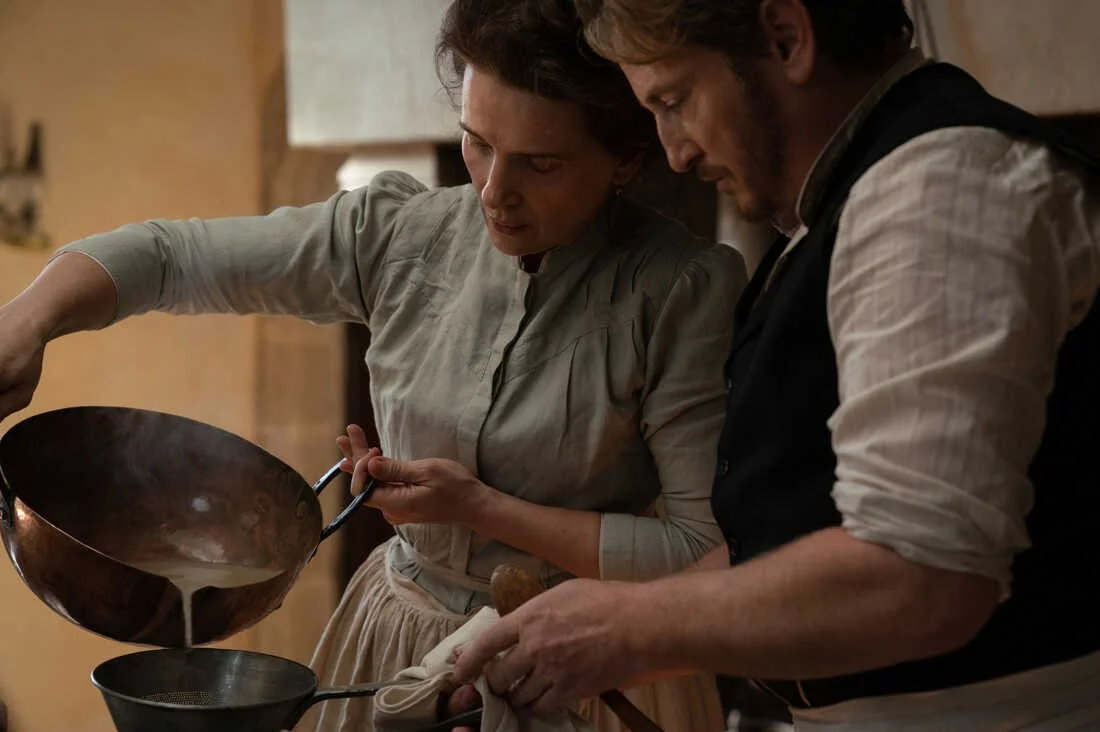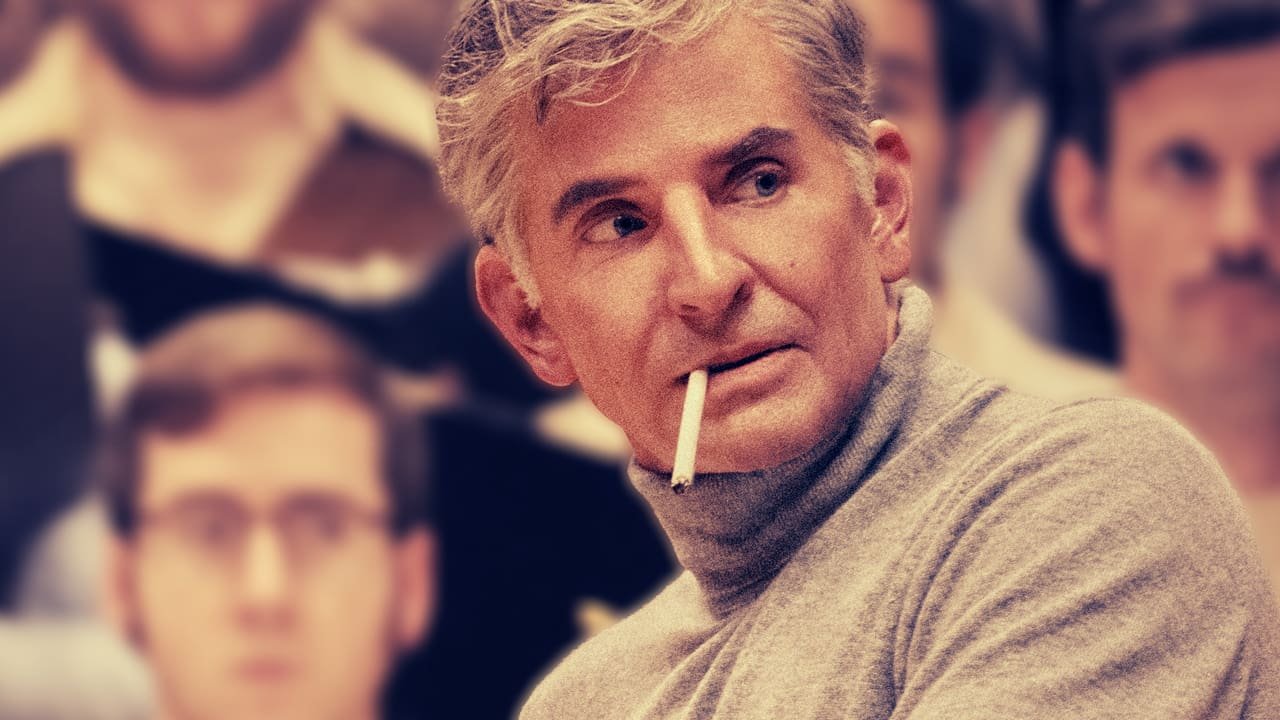BABYGIRL
Directing: A
Acting: A
Writing: A-
Cinematography: A
Editing: A+
Babygirl does not pull any punches regarding what it’s about: it opens with Nicole Kidman having an orgasm with Antonio Banderas. Or so it would seem!
That is to say, this is a very sex-forward film. It’s a very sex-positive film, which is good for everyone. It’s actually not that difficult these days to find high-profile, even mainstream movies that are frank and positive about sex, a trend I fully support. What makes Babygirl stand apart, how it goes an extra step that other movies do not go, is that it’s specifically kink-positive.
I’m not saying this has never been done before. Secretary came out 22 years ago, after all. The key difference is that James Spader and Maggie Gyllenhaal are nowhere near as big of movie stars as Nicole Kidman, or even Antonio Banderas, and never have been. Nor did that movie bother much with gender politics and power dynamics at all really, let alone handle them so deftly. Another key point is how much of a relief it is that Babygirl was written and directed by a woman—Halina Reijn on both counts, who previously directed (but did not write, though perhaps she should have) Bodies Bodies Bodies. Any movie about a woman with a humiliation fetish should absolutely be directed—and, preferably, written—by a woman.
Nicole Kidman gives a towering performance in Babygirl, which I fear may be overlooked by many just because of the subject matter. This is arguably her best performance in twenty years, although a couple others come quite close—it’s no revelation to say she’s an incredible actor. But she’s given something very new to do here, as a woman who can’t climax without very particular circumstances, and who only slowly comes to understand and embrace what’s going on in a healthy way.
This brings me to Harris Dickinson, who is hot as hell as Samuel, the subtly cocky intern who seduces Kidman’s Romy, the CEO of an Amazon-like tech company in New York City. Dickinson is the rare kind of package in the same vein as Timothée Chalamet or Colin Farrell before him: as talented as he is gorgeous. I’ve been impressed with Dickinson as a performer since his breakout role as a closeted gay teenager in Beach Rats (2017), and he was magnificent in Triangle of Sadness (2022). He is unlikely to become a superstar like Chalamet, but he’s poised to have a film career that is every bit as interesting.
Babygirl never tells us how old Romy is, though it’s easy to presume it’s somewhat younger than Kidman’s actual age of 57. She’s the mother of two teenage daughters, one of whom (Esther McGregor) is an exceptionally well-drawn young lesbian. Samuel is clearly meant to be in his twenties (Dickinson is 28), which makes the age gap between him and Romy somewhere between 20 and 30 years. Halina Reijn, as writer-director, spins a sexually tense tale between them with true finesse, never quite making clear the degree to which Samuel may or may not be threatening to Romy. What’s easy to forget, and perhaps deliberately so, is the inherent power imbalance between them, and very much in Romy’s favor. Samuel knowingly talks about how he could take everything from her with one phone call because he knows it turns her on. But who is really taking advantage of whom here? How threatening could he actually be to her, really? Reijn is very much playing with our expectations, taking advantage of our inclination to see the man as the one who is inappropriate. Neither of them is innocent here, but only one of them has the real power.
This is not directly related to, as many would assume, but is in conversation with Romy’s humiliation kink. Her husband, Jacob (Banderas), is a nice guy who cannot wrap his head around Romy’s specific sexual desires. He utters perhaps the most critical line in the film when he says of her suggestions in bed, “It makes me feel like a villain.” This sexual disconnect, having no bearing at all on how much Romy loves him, is the entire reason for her affair with Samuel, who has an innate instinct for her desires and takes advantage of them at the first opportunity. Conversely, again, it’s important to note that Romy allows it—something made explicit when she and Samuel have a conversation about consent that is unusually clarifying onscreen, and they even agree on a safe word. Incidentally, when I was thinking about Samuel’s seemingly borderline behaviors later in the film, it took a while for me to register that she could have used that mutually agreed-upon safe word, and never did.
I kind of love that Reijn cast a star as big as Antonio Banderas for the part of Jacob, which could arguably have been played by anyone and which in someone else’s hands could have been a thankless role. This is the kind of part that has been a bone tossed to older women actors for decades, although once you look deeper, you realize that Jacob also plays a critical role in this story. Samuel, tantalizing as he is, is just a catalyst for what is ultimately Romy and Jacob’s story. There is only one scene Banderas and Dickinson share, and it is fantastic, going in directions you never expect, in turn both furious and tender.
If you are super vanilla and don’t get kink at all, you’d best avoid Babygirl. If you are vanilla but have an open mind about people who are different from you, then you have just as much reason to see this incredible film as the rest of us. Babygirl is easily one of the best films of the year, and Kidman gives one of the year’s best performances. Romy is just the kind of complex figure perfect for an actor of Kidman’s caliber, a woman balancing the nuances of beauty standards for mature women in the highest levels of the corporate world, who remain rare indeed.
There is another key line, when Romy’s assistant (Sophie Wilde) says “I genuinely thought women with power would behave differently.” What Reijn deliberately leaves unclear is the extent to which the implication there is or is not correct: is Romy behaving just like the other men in her position? We could argue about this for hours, and that, perhaps more than anything, is what makes this movie great.
Move over Nicole, I’m next!
Overall: A










